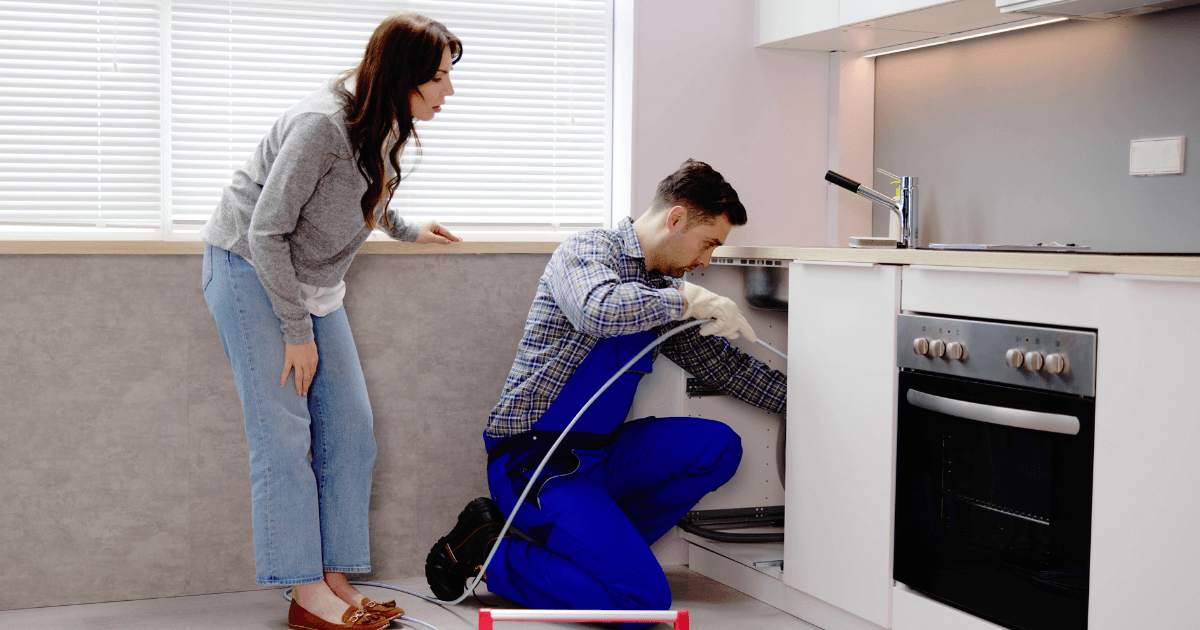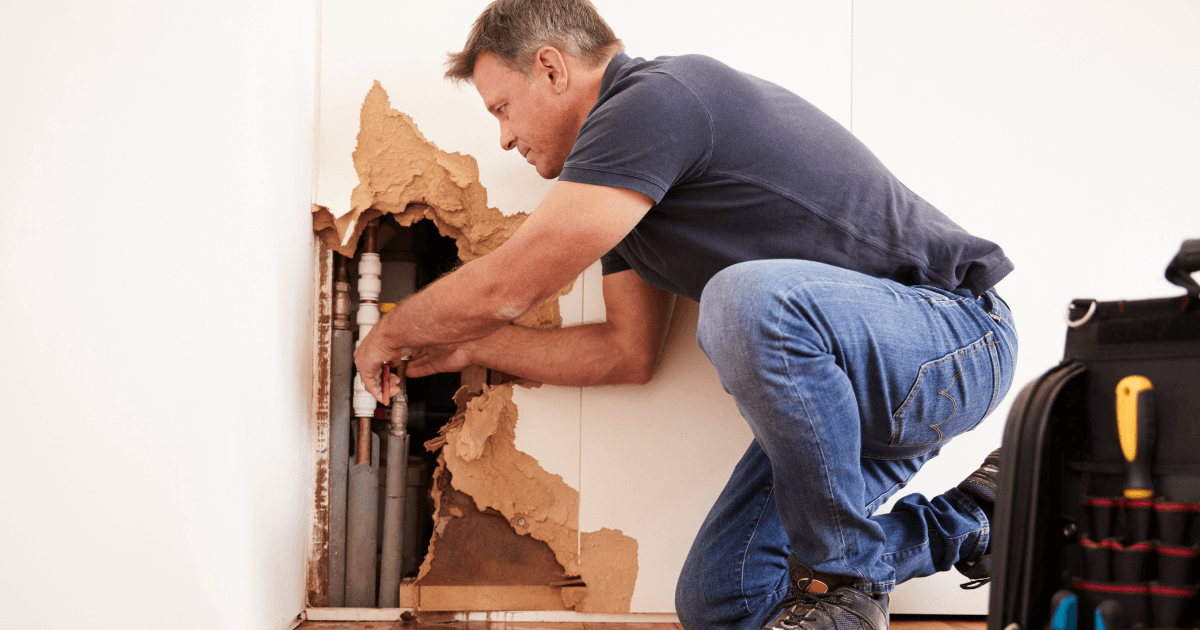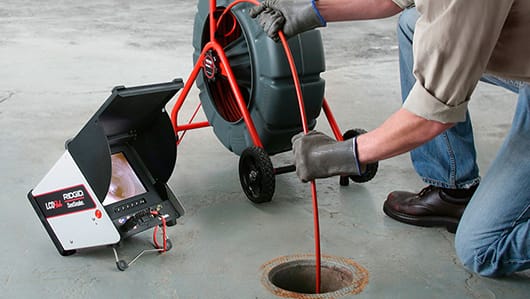Drain clogs are a common yet preventable household issue that can disrupt daily life, leading to slow drainage, unpleasant odors, and even potential water damage. While most homeowners deal with these issues reactively, first principles thinking encourages us to focus on preventing clogs rather than simply dealing with them when they occur. By approaching the problem from its fundamentals, we can develop practical, forward-thinking solutions that go beyond conventional advice, ultimately saving time, money, and frustration.
This article explores seven brilliant tips to prevent drain clogs, blending actionable advice with deeper insights to reshape how you think about home maintenance. By implementing these methods, you’ll not only enjoy a clog-free home but also contribute to a more sustainable approach to plumbing care.
Understanding the Core of the Problem: What Causes Drain Clogs?
Before diving into specific tips, it’s crucial to understand why drains clog. At the most basic level, a drain clog occurs when solid materials build up inside pipes, obstructing the flow of water. However, each type of drain—whether in the kitchen, bathroom, or shower—faces unique risks due to the different substances that flow through them.
By deconstructing the problem into its core elements, we can pinpoint the real issues:
- Grease solidifies as it cools, especially in kitchen drains.
- Hair is a common culprit in bathroom and shower drains, forming tangled masses.
- Soap scum mixes with hard water, minerals, and hair, creating a sticky residue.
- Non-degradable materials like wipes, cotton swabs, and sanitary products clog toilet drains.
- Food particles that escape strainers in the sink eventually accumulate in pipes.
While some clogs are caused by poor habits, others occur due to insufficient regular maintenance. Therefore, tackling the root causes involves both preventive habits and periodic upkeep.
Tip 1: Use Drain Strainers to Catch Debris
If you stop debris from entering the drain in the first place, you eliminate the need to remove it later.
One of the simplest yet most effective solutions is using drain strainers. These inexpensive tools sit over your drain, catching debris like food particles, hair, and soap scum before they have a chance to accumulate inside your pipes.
How to Implement It:
- Kitchen Sinks: Use strainers to prevent food waste and large particles from going down the drain. This is especially important for items like coffee grounds and small scraps that can evade garbage disposals.
- Bathroom Sinks and Showers: Place strainers in bathroom sinks and showers to catch hair, soap scum, and small debris. These areas are prone to buildup from daily grooming and bathing routines.
Long-Term Benefits:
By keeping solid materials out of your drains, you significantly reduce the likelihood of clogs. While drain strainers require periodic cleaning, this is a small effort compared to the hassle of unclogging drains.
Tip 2: Be Mindful of What You Pour Down the Drain
Drains are not designed to handle all waste. Pouring the wrong materials down your drain is the root cause of many clogs.
One of the most common mistakes homeowners make is treating their drains as garbage disposals for all types of waste, particularly in the kitchen. Substances like grease, oil, fat, and coffee grounds can build up inside pipes, eventually leading to blockages.
How to Implement It:
- Grease and Oil: Never pour these substances down the drain. Instead, collect them in a container, let them solidify, and dispose of them in the trash.
- Coffee Grounds and Food Scraps: Even with a garbage disposal, certain food particles can still cause clogs. Compost coffee grounds and large food scraps instead of rinsing them down the sink.
Why It Works:
Grease, oils, and fats congeal as they cool, sticking to the inner walls of pipes. Over time, they accumulate, attracting other debris and causing clogs. By eliminating these substances from your drain, you prevent one of the leading causes of kitchen clogs.
Tip 3: Regularly Flush Drains with Hot Water
Heat changes the physical state of fats, oils, and other sticky substances, breaking them down before they solidify.
Flushing your drains with hot water regularly helps dissolve light grease, soap scum, and food particles before they have a chance to solidify and block your pipes.
How to Implement It:
- Kitchen Sink: After washing dishes, run hot water down the drain for a minute. This will help flush away grease and oils that may not be visible but are still present in the pipes.
- Shower and Bathroom Sinks: Once a week, pour boiling water down your bathroom drains to dissolve soap scum and hair.
Why It Works:
Hot water helps break down oils and fat, preventing them from sticking to the walls of your pipes. It’s a simple, cost-effective strategy that can significantly reduce the risk of blockages, especially in kitchen drains where grease is a common issue.
Tip 4: Use a Natural Drain Cleaner (Vinegar and Baking Soda)
Chemical reactions can naturally dissolve buildup without harming your pipes or the environment.
Chemical drain cleaners are harsh and can erode your pipes over time, making them more susceptible to leaks. Instead, use a natural, eco-friendly method that’s just as effective without the risk of pipe damage.
How to Implement It:
- Recipe: Pour half a cup of baking soda down the drain, followed by one cup of vinegar. Let the mixture sit for 15 minutes, then flush it with hot water.
- Frequency: Do this once a month to keep your drains clean and clear of buildup.
Why It Works:
The chemical reaction between baking soda and vinegar breaks down fats, soap scum, and food particles while also neutralizing odors. This method is effective, safe for all types of pipes, and environmentally friendly.
Tip 5: Avoid Flushing Non-Degradable Items Down the Toilet
Not everything breaks down in water. Only materials that are designed to dissolve should be flushed.
Toilets are designed to handle human waste and toilet paper—nothing else. Flushing wipes, cotton swabs, sanitary products, or paper towels can cause clogs in the toilet drain and beyond, often leading to sewer line blockages that are costly to fix.
How to Implement It:
- Waste Bins: Place small bins in bathrooms to encourage proper disposal of non-flushable items.
- Toilet Paper Only Rule: Stick to flushing only toilet paper, which is designed to break down in water.
Why It Works:
Toilet paper is manufactured to disintegrate quickly in water, reducing the risk of clogs. Other items, even if labeled “flushable,” do not break down as easily and can block pipes over time. Preventing these blockages is a key step in maintaining a clog-free home.
Tip 6: Clean Drain Stoppers and Traps Regularly
Clogs often start with what we don’t see. Hidden buildup in drain stoppers is a common yet overlooked source of clogs.
Drain stoppers and traps collect hair, soap scum, and other debris over time. Regularly cleaning these components is an essential part of drain maintenance, particularly in bathrooms where hair is a common clogging culprit.
How to Implement It:
- Monthly Cleaning: Remove and clean drain stoppers and traps in sinks, showers, and bathtubs. Clear out any accumulated hair or soap scum to keep water flowing smoothly.
- Deep Cleaning: Every few months, consider dismantling the trap beneath the sink to clear out any buildup inside.
Why It Works:
Hair, soap scum, and other debris get trapped at the top of the drain, leading to blockages. Cleaning stoppers regularly prevents this buildup from worsening, which is particularly important for bathroom drains.
Tip 7: Schedule Regular Professional Drain Inspections
Preventive maintenance catches problems before they become emergencies.
Even with the best DIY efforts, some clogs can form deep in your plumbing system, beyond the reach of household remedies. Scheduling a professional drain inspection every 1-2 years ensures that any developing issues are caught and resolved early.
How to Implement It:
- Find a Licensed Plumber: Hire a professional plumber to perform routine inspections, especially if you live in an older home or have frequent drainage issues.
- Drain Camera Technology: Plumbers can use camera inspections to detect clogs or blockages deep within the pipes, allowing them to clear the drains effectively before a backup occurs.
Why It Works:
Regular inspections provide peace of mind, preventing small issues from turning into major repairs. By identifying and removing buildup before it leads to a clog, you ensure the long-term health of your plumbing system.
Conclusion: Adopt Simple Habits for a Clog-Free Home
Preventing drain clogs is a matter of adopting smart, sustainable habits. By implementing the seven tips outlined above, you can keep your home’s drains flowing smoothly and avoid costly, inconvenient clogs. Remember that prevention is always better than repair. From simple tools like drain strainers to eco-friendly cleaning solutions, these strategies work together to maintain a healthy plumbing system.
Make these practices part of your regular home maintenance routine, and you’ll be rewarded with a clog-free home and less stress.
FAQ Section
How often should I clean my drains?
Ideally, you should clean your drains once a month using simple preventive measures, such as hot water flushing or natural cleaners like vinegar and baking soda. For bathroom drains, make sure to clean the stoppers more frequently, especially if hair buildup is a recurring issue. For professional inspections, every 1-2 years is recommended.
Are natural cleaners effective for preventing clogs?
Yes, natural cleaners like baking soda and vinegar are effective for light maintenance and preventing small clogs. They break down fats, oils, and soap scum without damaging your pipes. However, if there’s a severe blockage or buildup deep in the pipes, a professional inspection or cleaning might be necessary.
Can chemical drain cleaners damage my pipes?
Over time, frequent use of chemical drain cleaners can erode the insides of your pipes, especially if they are older or made of certain materials like PVC. It’s better to use natural solutions for regular maintenance and call a plumber if you experience persistent clogs.
What should I do if my drain is already clogged?
If you have a clogged drain, start with a plunger or natural methods like baking soda and vinegar. Avoid chemical cleaners, as they can worsen the problem if the blockage is severe. If the clog persists, it’s best to consult a professional plumber who can clear the drain with specialized tools like an auger or hydro jet.





